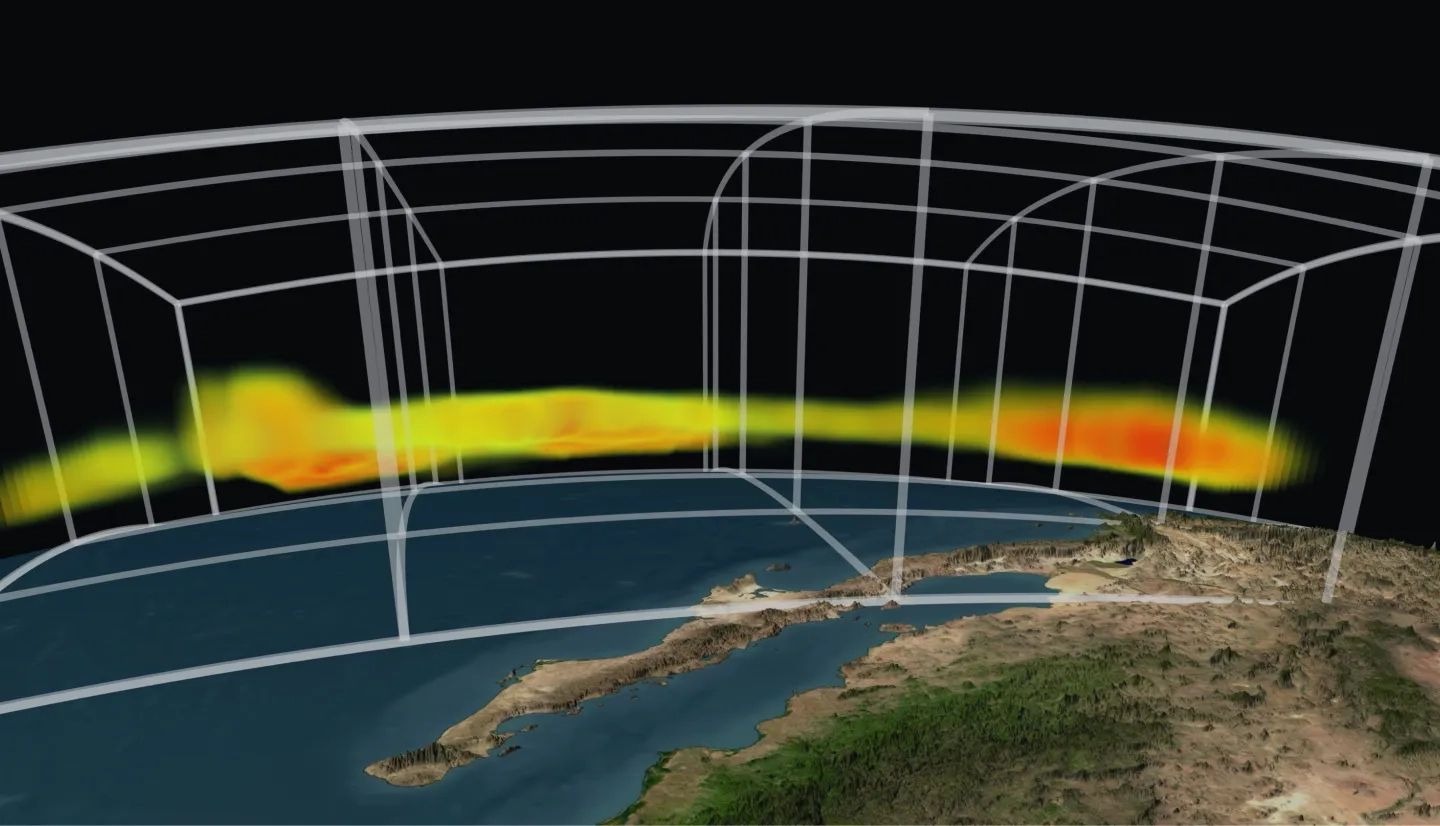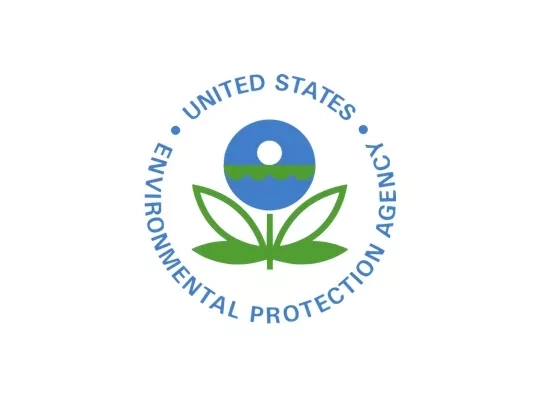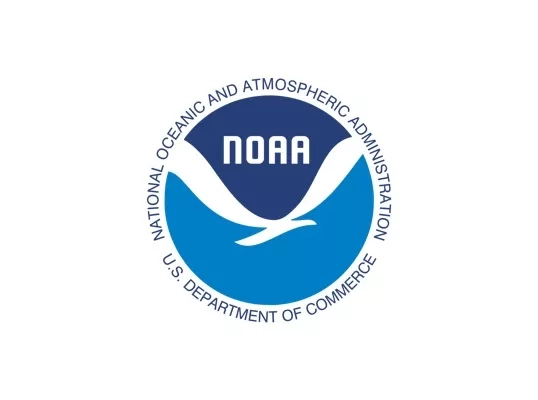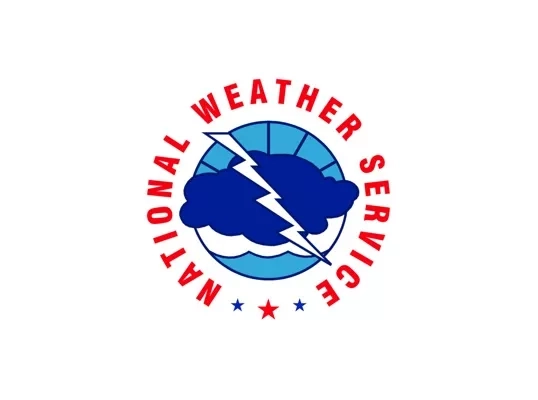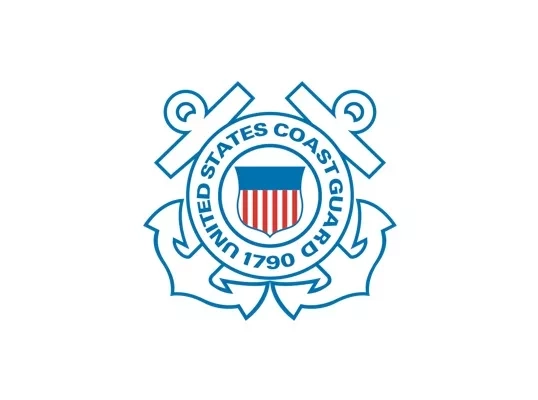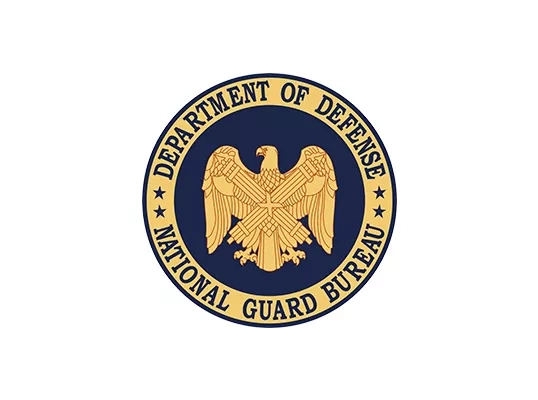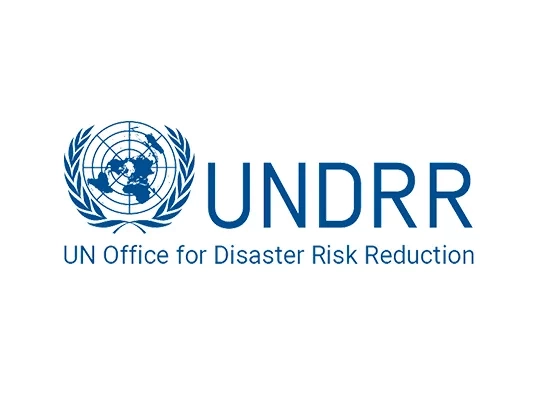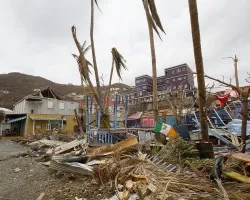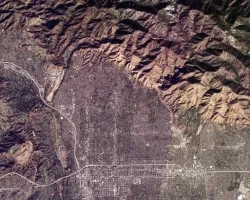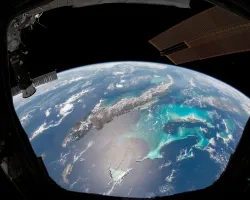USING EARTH OBSERVATIONS AND APPLIED RESEARCH FOR DISASTER RISK REDUCTION, RECOVERY AND RESILIENCE
Hurricanes. Earthquakes. Fires. Floods. We provide timely access to reliable, relevant data and analysis to help vulnerable communities prepare for disasters and mitigate their impacts.
The NASA Disasters Program promotes the use of Earth observations to reduce risk, improve response, hasten recovery and promote resilience from natural and technological disasters on local and global scales. By sponsoring application science and fostering domestic and international partnerships, the program seeks to enable resilient communities in advance of disasters, and use Earth observation data to aid decision-making when disasters strike.
The program targets a broad spectrum of hazards and disasters, including floods, hurricanes, earthquakes, volcanoes and landslides, as well as combined hazards and cascading impacts. When disasters impact communities, the program collects and distributes relevant imagery, data, and damage assessments to provide response agencies and local governments with actionable data to aid in planning and recovery. The Disasters Program and its network of partners and volunteers assist with hazard assessment, evaluating severity, and identifying impacts near vulnerable infrastructure, crops, and lifelines, especially in remote areas where observations are sparse.
Advancing Applications Science for Disaster Management
The NASA Disasters Program sponsors application science to support disaster risk reduction, response, and recovery through a series of grants and partnerships funded by the NASA Research Opportunities in Space and Earth Science (ROSES) program. The current portfolio of projects from the 2019 ROSES A.37 solicitation covers a broad swath of hazard and disaster research, from tsunami and landslide forecasting to volcanic ash and wildfire smoke plume tracking. It represents the cutting edge of applied disasters research. The program’s research efforts aim to assemble scientifically-defensible studies on disaster risk management, demonstrate the applications of NASA Earth-observing data for studying disasters, and mature the technologies and techniques developed from these projects to operational use.
Learn more about the Disasters Program applied research project portfolio
Aiding Response Efforts When Disasters Strike
When disasters strike, our team provides affected stakeholders access to critical imagery, data and analysis. While NASA is not an operational response agency, it has access to resources, relationships, and scientific expertise. Those resources allow the agency to provide a unique multi-discipline systemic analysis of hazards and disasters and inform actionable decisions through all emergency management cycle phases.
Coordinators from the Disasters program monitor world news and communicate with international programs such as the Disasters Charter to identify hazards that may threaten life and property. When a potential disaster is identified, the team reaches out to its network of partners, both within NASA and in the broader research community, to determine what Earth-observing resources may be available to support risk reduction and response for the event. When significant need and capability are established, the team "activates" a tiered response to the disaster based on the severity, impact to communities, and the program's ability to generate relevant data and support. Working directly with local stakeholders, the team coordinates a flow of information between NASA subject-matter experts and local response agencies to aid them in making real-time decisions that save lives and mitigate impact. Within the U.S. the program regularly works with the Federal Emergency Management Agency (FEMA), the U.S. Geological Survey (USGS), and state and local governments to quickly deliver critical data and analysis.
The NASA Disasters Mapping Portal, a one-stop-shop for Earth-observing datasets specific to each disaster. The Portal provides NASA and partner data in a standardized Geographic Information Systems (GIS) format that is easy for local agencies to integrate into their existing technology workflows and interpret for decision making. The Mapping Portal exemplifies the Program's efforts to innovate new and unique methods of communicating Earth-observing data. Examples include overlaying fire hot-spot detection and smoke plume data with infrastructure data to assess air quality risks, or visualizing hurricane cloud-tops in 3D to identify storm structures that may indicate rapid strengthening of a storm.
Thanks to these efforts, the Disasters program is growing as a trusted source in the disaster management community for delivering new and useful Earth science decision support.
See our recent disaster activations
Reducing Risk and Enabling Resilient Communities
The NASA Disasters program works to address systemic disaster risk, a paradigm shift from managing disasters to managing current and future risks. Disasters occur at the intersection of natural hazards and civilization, and are the consequence of societal decisions - where and how we build, the resources we devote to mitigation and response, and how we take action regarding exposure and vulnerability.
Our goal is to strengthen disaster resilience in vulnerable communities by arming decision-makers with actionable data and enhanced situational awareness. Combining Earth-observing data with information on lifelines, key infrastructure, and population allows communities to better prepare for–and adapt to–our rapidly changing planet and withstand and recover rapidly from disruptions.
The Disasters program sponsors a project that works with scientific and decision-support communities in three areas – coastal, mountainous, and small-island regions. The project, Communities and Areas at Intensive Risk (CAIR), identifies risks to critical infrastructure and applies NASA data to strengthen and protect the communities from those risks. By empowering communities to use Earth-observing data to mitigate risk from disasters, the program increases resilience in communities worldwide.
Disasters Program staff also participate in international partnerships, working groups, and research meetings to strengthen the international disaster response community and identify the social, environmental and economic concerns common to communities around the world. The Program actively contributes to the Sendai Framework and its Global Risk Assessment Framework (GRAF), a United Nations initiative to help communities worldwide manage, mitigate and plan responses to a wide array of disasters. It also provides leadership for the Committee on Earth Observation Satellites (CEOS) Working Group on Disasters (WGDisasters) and the Group on Earth Observations (GEO) Global Flood Risk Monitoring (GFRM) group, among others.
